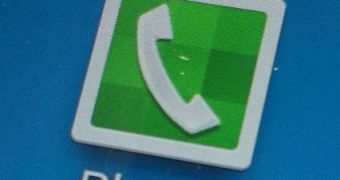Two days ago, when the Samsung Galaxy TabPRO 10.1 showed its face for the first time, everybody was psyched about the WQXGA 2560 x 1600 pixel resolution the tablet was offering.
But now after all tablets have made an appearance before the eyes of the world, an interesting detail (via tech geek Erica Griffin) about the Galaxy TabPRO surfaces, showing the product is bundling a less sharp display than the other three.
It appears the Galaxy TabPRO comes bundled with a Pentile RGBW screen (the same LCD found in the Samsung Galaxy Note 10.1 2014 Edition), unlike the rest of the bunch which come equipped with the improved RGB.
So what are Pentile screens? Basically, pixels are made of tiny red, green, blue sub-pixels, so LCD screens are called RGB (from red, green, blue). But the Pentile mixes in other types of not-so-pure sub-pixels, so the TabPRO 10.1 has an extra white pixel.
Why would Samsung want to use the annoying white pixel? The answer is, to provide higher brightness on the screen surface. Since LCD screens are back-lit, the white sub-pixels will act as a filter allowing more of the backlight to enter. In turn, the scheme offers better outdoor visibility on the screen, which granted, is an improvement. So what’s the problem?
The disadvantage is that a Pentile RGBW screen has less sub-pixels, because we all know white is not a color, hence it will not be able to provide any coloring information to the system. Thus, we end up with a display showing pixelated content.
This might seem paradoxical on a 2560 x 1600 pixel screen, but the notorious Pentile effect has already been spotted with some app icons. This aspect might not matter to some, but it will certainly be annoying to more demanding users.
Since all the other three Sammy slate feature RGB screens, we can’t help but wonder what the Galaxy TabPRO 10.1 did wrong.

 14 DAY TRIAL //
14 DAY TRIAL //